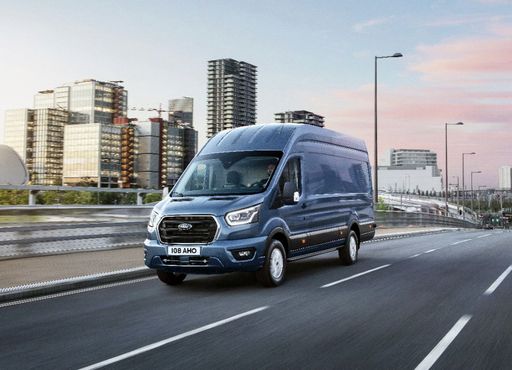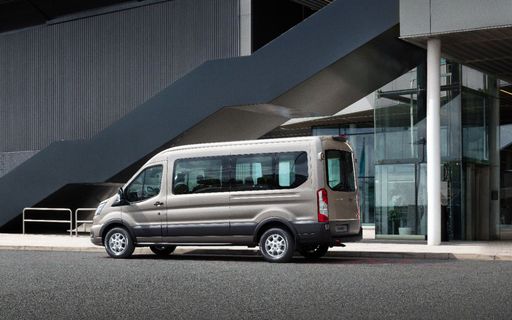Powertrains and Performance
The Ford Transit Transporter showcases a diverse lineup with diesel and electric engine options. Its power range extends from 105 HP to a robust 269 HP, coupled with multiple transmission choices, including manual, automatic, and reduction gearboxes. This flexibility makes the Transit adaptable for various payload and driving requirements. The Transit can achieve torque figures from 310 Nm up to 430 Nm, providing solid performance regardless of load.
In contrast, the Maxus Deliver 9 offers two diesel options topping out at 204 HP. The torque rating reaches up to 375 Nm, providing substantial pulling power for heavier loads. The Deliver 9 also features manual and automatic transmissions but lacks the varied gearbox options found in the Transit. Moreover, the acceleration capabilities of the Deliver 9 are impressive, with a 0-100 km/h time of just 18.4 seconds for the more powerful variant, clearly establishing its performance prowess.



